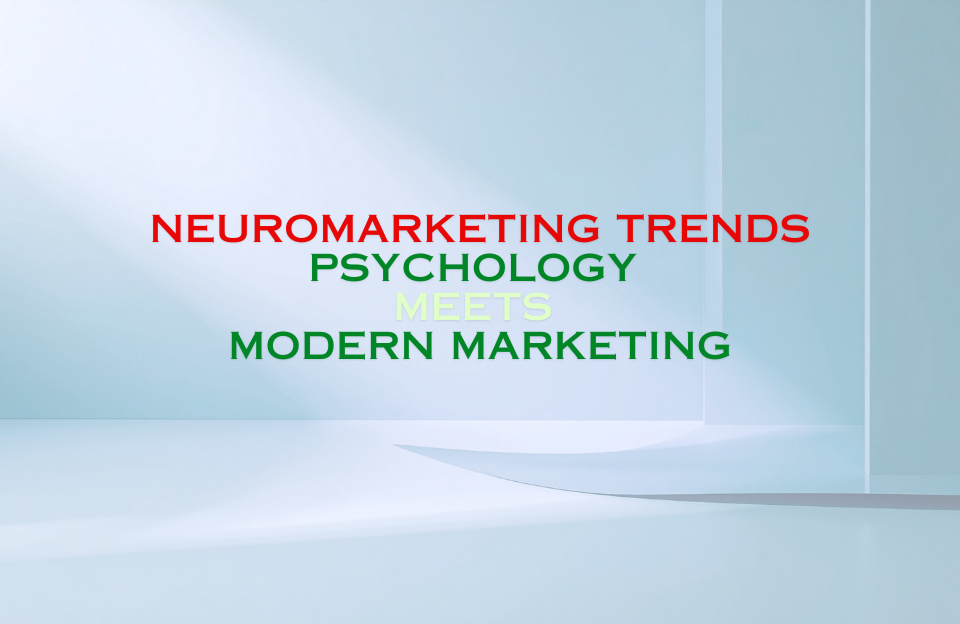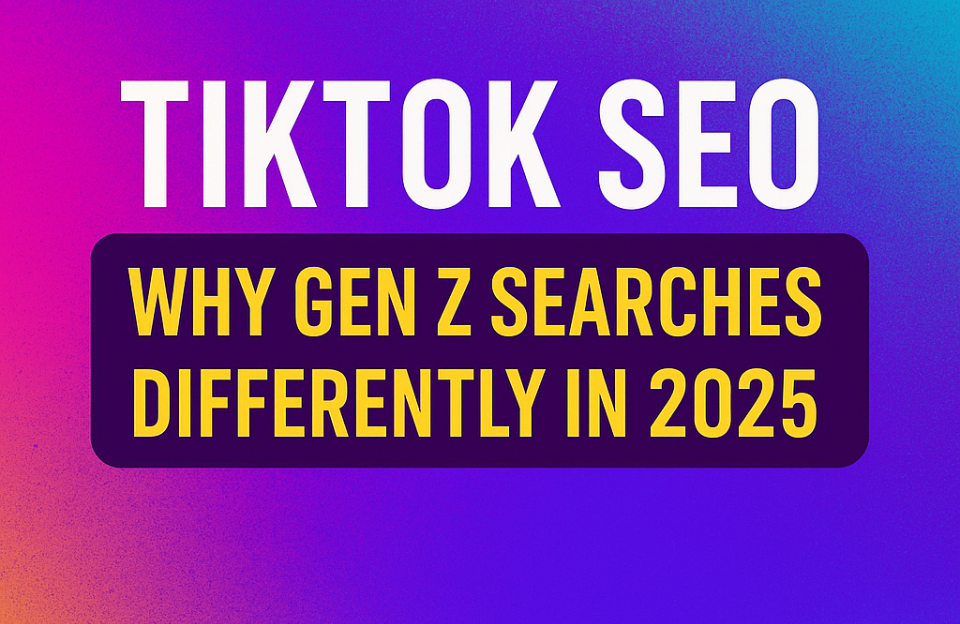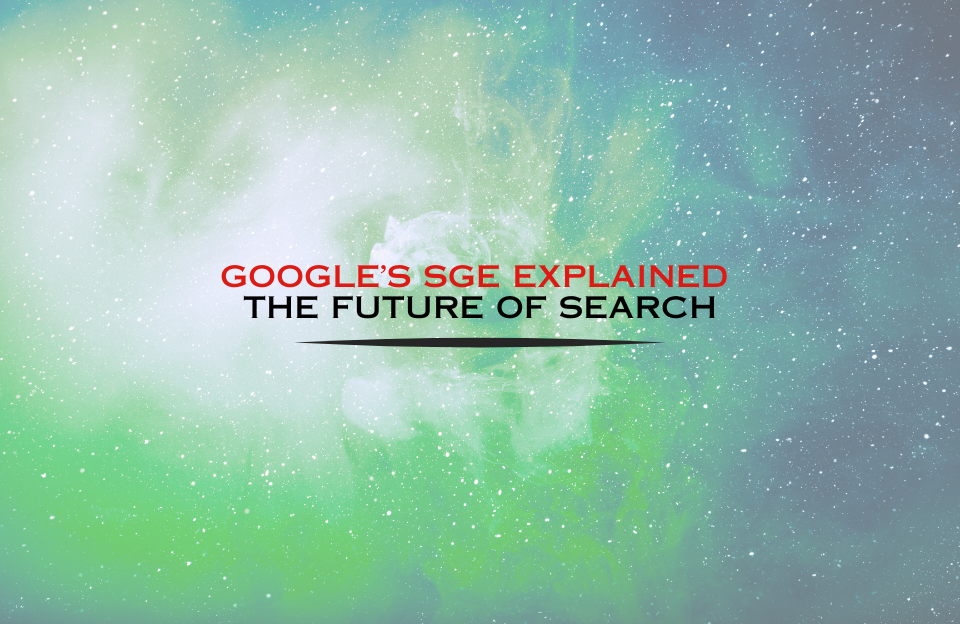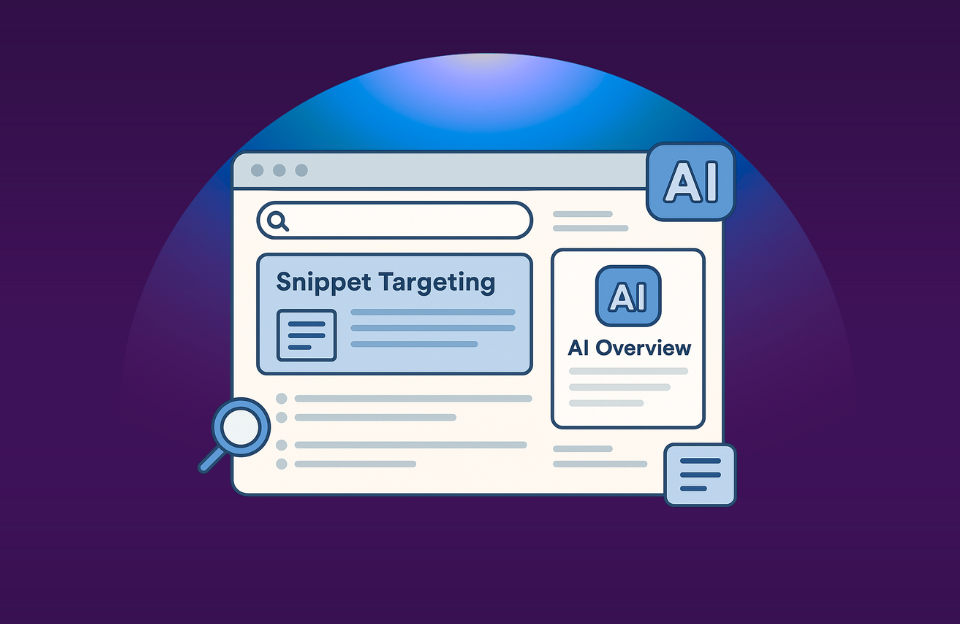In today’s fast-evolving digital landscape, understanding the psychological triggers behind consumer decisions is more valuable than ever. That’s where neuromarketing and consumer psychology step in—two disciplines that help marketers tap into how people actually think, feel, and behave. With the rise of big data, AI, and biometric tools, neuromarketing is no longer just for Fortune 500 companies—it’s a growing trend accessible to businesses of all sizes. In this blog, we explore the latest neuromarketing trends and how brands are using them to optimize engagement, loyalty, and conversions.
What Is Neuromarketing?
Neuromarketing combines neuroscience and marketing to understand how consumers’ brains respond to marketing stimuli. It often involves techniques like eye-tracking, facial coding, fMRI scans, and EEG to measure attention, emotion, and memory activation. The goal is to create more effective campaigns by aligning them with how people process information subconsciously.
1. Emotional Storytelling as a Conversion Tool
Emotion drives memory and decision-making. Modern neuromarketing studies show that emotionally charged content activates more brain regions and increases message retention. Brands are increasingly shifting toward emotionally compelling storytelling to differentiate themselves and connect on a deeper level.
Example – Patagonia: Rather than focusing on product specs, Patagonia promotes environmental advocacy and shared values. Their “Don’t Buy This Jacket” campaign appealed to conscious consumerism and drove massive engagement.
2. Color Psychology in Brand Identity
Colors evoke emotional responses and influence perception. Neuromarketing has confirmed that color can affect trust, urgency, or appetite depending on context. Brands are optimizing palette choices for product packaging, websites, and ads.
Example – Oatly: The vegan milk brand uses pastel earth tones to promote a natural, non-corporate image, making their product feel clean, approachable, and ethical—especially appealing to Millennials and Gen Z.
3. Scarcity and Loss Aversion
Loss aversion is a well-documented psychological bias—people prefer avoiding losses to acquiring equivalent gains. Marketing that highlights scarcity or limited availability can increase urgency and conversions.
Example – Allbirds: This sustainable sneaker brand frequently uses “limited drops” and countdown timers in their email marketing to stimulate fear of missing out (FOMO), leading to higher engagement rates.
4. Personalized Content Based on Psychological Profiles
Thanks to AI and data analytics, companies can now segment users based on behavior and psychographic profiles (e.g., introverts vs. extroverts). Messaging can then be tailored to resonate with personality-driven motivations.
Example – Duolingo: Duolingo’s notifications adapt based on user behavior. Some receive encouraging, playful reminders; others receive competitive nudges—reflecting psychological traits like openness or conscientiousness.
5. Use of Mirror Neurons in Video Marketing
Mirror neurons cause people to “feel” the emotions or actions they observe. That’s why videos showing facial expressions, touch, or product usage trigger stronger responses.
Example – Ritual: This DTC vitamin brand shows everyday people taking their supplements during daily routines. The relatability and subtle physical cues foster connection and habit imitation.
6. Soundscapes and Audio Branding
Sound affects emotional and cognitive responses. Sonic branding (e.g., jingles, notification sounds) increases recognition and reinforces brand identity—particularly in voice and podcast-based marketing.
Example – Headspace: Headspace uses calm, minimalistic soundscapes in both its app and advertising to reinforce its brand positioning as a tool for mindfulness and relaxation.
7. Cognitive Load Optimization
The human brain avoids cognitive overload. Websites and ads that minimize distractions and simplify user journeys tend to perform better.
Example – Notion: Their minimalist website design with focused messaging helps users quickly grasp the tool’s value, improving retention and sign-ups.
8. Behavioral Triggers in Email and UX Design
Timing, phrasing, and CTA positioning can dramatically affect behavior. Nudges based on default settings or progressive disclosure tap into consumer heuristics.
Example – Asana: Asana uses micro-interactions and celebratory animations after task completions, encouraging users to keep engaging without being intrusive.
Final Thoughts
Neuromarketing and consumer psychology offer powerful lenses for crafting marketing that truly resonates. By understanding how the brain reacts—not just how people say they feel—brands can build smarter, more effective campaigns. Whether you’re a startup or enterprise brand, these trends show that emotion, simplicity, and behavioral insight are key drivers of attention and loyalty in the digital age.
As technology advances, expect even more precise applications of neuromarketing—from real-time biometric feedback to AI-generated psychographic segmentation. The future of marketing isn’t just about data—it’s about decoding the human behind the click.




